Economical transportation: Studebaker’s bare-bones Scotsman of 1957-’58
Posted on Dec 14, 2019 in Featured | 2 comments
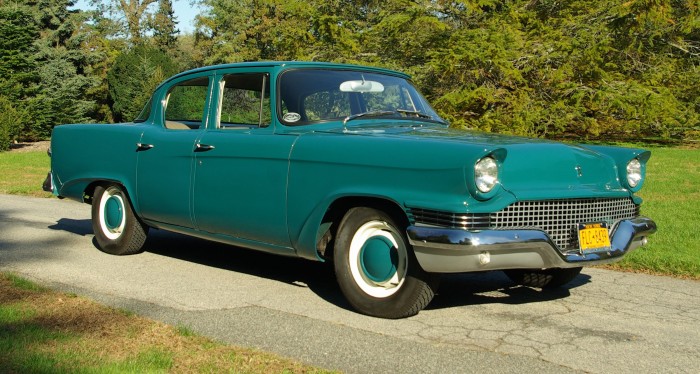
Boy have times have changed. Imagine today calling a cheap, stripped-down car a Scotsman? Such derogatory stereotype references would cause all sorts of problems with the manufacturer. But back in the easy going Fifties it was thought of as comical.
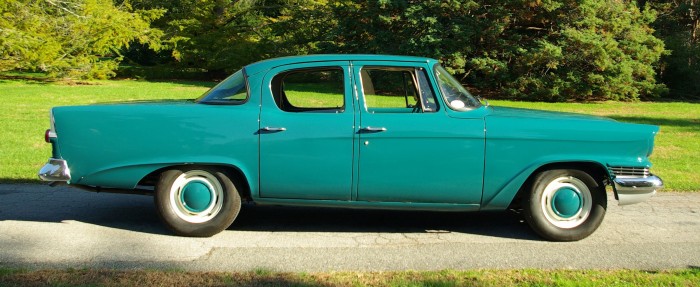
With Scottish people having long been known as quite frugal when it comes to money, when Studebaker created this bare-bones, stripped-down, entry-level car designed for buyers with limited funds, the Scotsman appellation seemed appropriate at the time. And bare bones it was. In fact, the Scotsman just may be the most plain and simple car ever created.

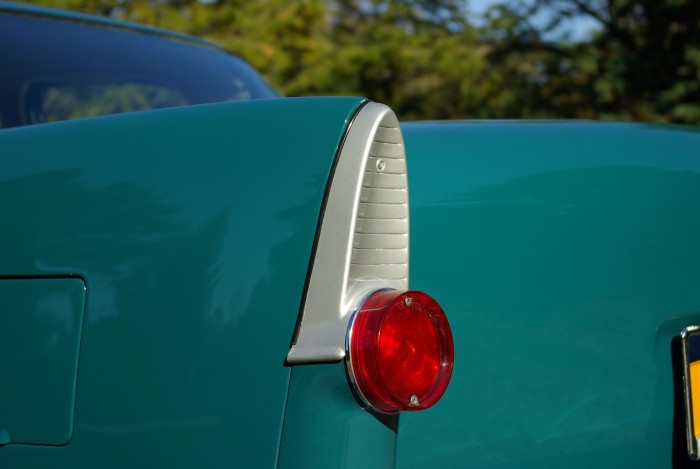
During its short two-year production run for the 1957-’58 model years, Studebaker built approximately 30,220 Scotsman examples. They were available in three body styles: two- or four-door sedans or as a two-door station wagon. No doubt the two-door sedan’s low price of $1,776, which made it the lowest priced American car at the time, contributed to those numbers. The Rambler 6 Deluxe was the second-lowest-priced car, but at $1,961, it wasn’t even in the same price range as the Scotsman.
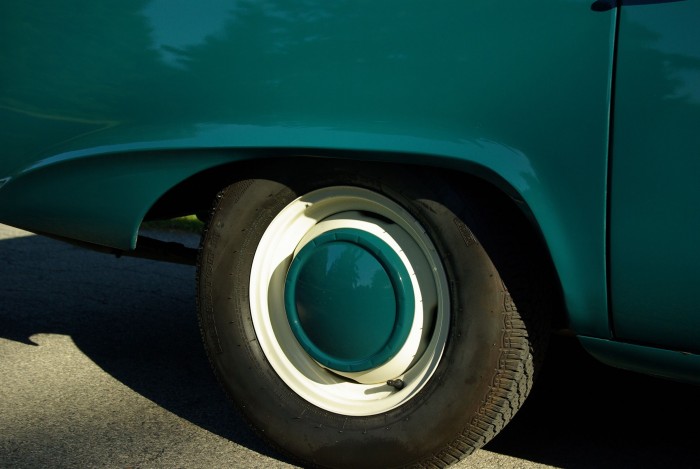

The one word that best describes the Scotsman is austere. Except for the chrome plated bumpers and door handles, there was no other plated trim on the car. Even the front grille, which was nothing more than a piece of stamped steel, was painted silver. So too were the rear taillamp housings painted silver, and even the hubcaps were painted body color. The black rubber molding that keeps the windshield and backlite in place was devoid of any brightwork surround as well. Like we said, the Scotsman was a true plain-Jane offering.


Inside the cabin, the starkness continued. The door panels were totally flat without any decorations, and if the buyer wanted an armrest that had to be bought from and installed by the dealer. The instrument panel was a mix of painted metal and plastic, and there just two small gauges: water temperature and fuel gauge. The speedometer sat atop the instrument panel and rotated as the car’s speed increased, yet the odometer was a separate component located below. A radio was not available from Studebaker, rather installed at the dealer had the buyer so chosen. As to the carpet, well, what carpet? The floor was lined with black rubber sheathing.
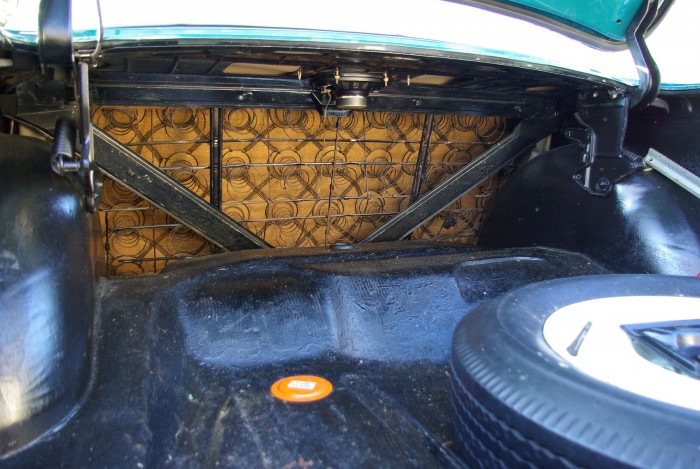
The simplicity continued into the trunk; there was no panel behind the rear seat to help deaden any road noise from infiltrating the cabin nor was there any mat or covering atop the trunk floor. Oh, there was a heater but you had to turn a valve in the engine compartment to get the hot water to flow. And if you wanted an oil filter fitted to the flathead straight-six engine, well, the owner had to install that on his own. That six-cylinder displaced just 185.6 cubic inches and made only 101 horsepower. A single one-barrel Carter carburetor was standard as was the single muffler and drum brakes all around.
With a highway friendly rear gear ratio of 3.54, the gas mileage was well above average for the period; 20 MPG in the city and 29 on the highway. If the buyer splurged and ordered overdrive, then the fuel efficiency increased to around 50 MPG.
“This car really attracts people’s attention,” owner Frank Sammon of Great River, Long Island, told us. “At highway speeds it rides very smoothly, and easily does 85 MPH without you realizing it. Power steering was not an option on Scotsmans, so the steering at slow speeds is fairly hard.”
So you’re the no-frills kind of enthusiast who prefers stripped down standard models, think Studebaker Scotsman.





.gif)


In the original article, this car was described as having “overdrive”, although no driving description of the Borg Warner unit was written. With the overdrive being used, gas mileaghe could have been excellent, although not approaching 45-50 mpg. Driveability would have been greatly enhanced because of the freewheeling effect and clutchless shifting at lower speeds.
I’ve read before that a 3 spd manual with BW OD is a great driving experience. Would love to have that.